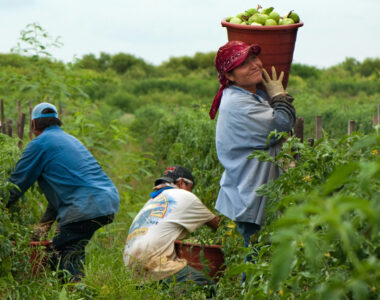
A new farm bill proposal from the House Agriculture Committee is making headlines. With big changes on the table, many are asking how the House Ag Budget Plan affects SNAP and what it means for the local food system. The proposal tightens nutrition assistance while expanding financial support for farm safety nets, creating a ripple effect that could impact both farmers and the families who rely on them.
What’s Included in the New Farm Bill?
The proposed $1.5 trillion farm bill outlines more funding for commodity subsidies, crop insurance, and rural development. It also aims to increase reference prices for crops like cotton, rice, and peanuts to help stabilize farm income. However, the way it tightens SNAP has drawn attention and concern.
SNAP, formerly known as food stamps, is facing proposed restrictions. These include tightening eligibility, changing benefit calculations, and reducing automatic qualification through other programs. Supporters say the changes will improve efficiency. Critics warn they will reduce food access for millions of Americans.
Why SNAP Cuts Impact Farmers Too
SNAP doesn’t just support consumers—it’s a lifeline for many local farmers. Thousands of small farms rely on SNAP dollars spent at farmers markets and through direct-to-consumer programs. When discussing how the House Ag Budget Plan affects SNAP, it’s crucial to understand that less SNAP funding could mean fewer customers for local farms.
Programs like the Farmers Market Nutrition Program have helped bridge the gap between low-income families and fresh, local food. Reducing SNAP access could shrink that bridge, making it harder for farmers to sell their products and for communities to access healthy options.
What This Means for Consumers
For families who depend on SNAP to afford fresh produce, the changes could mean fewer healthy food choices. As the House Ag Budget Plan affects SNAP eligibility, some may be forced to turn to less nutritious, processed foods—hurting both public health and small farm sales.
This also deepens the rural-urban divide, where rural farmers may have less access to customers and urban consumers have less access to local food.
What Comes Next
The farm bill is still under negotiation, and both parties are expected to debate key provisions. Still, how the House Ag Budget Plan affects SNAP is a central issue that will shape food access and farm economics moving forward.
Farmers, markets, and consumers should keep a close watch—and consider speaking up. The final version of this bill could have lasting effects on local economies, health outcomes, and the strength of regional food systems.



